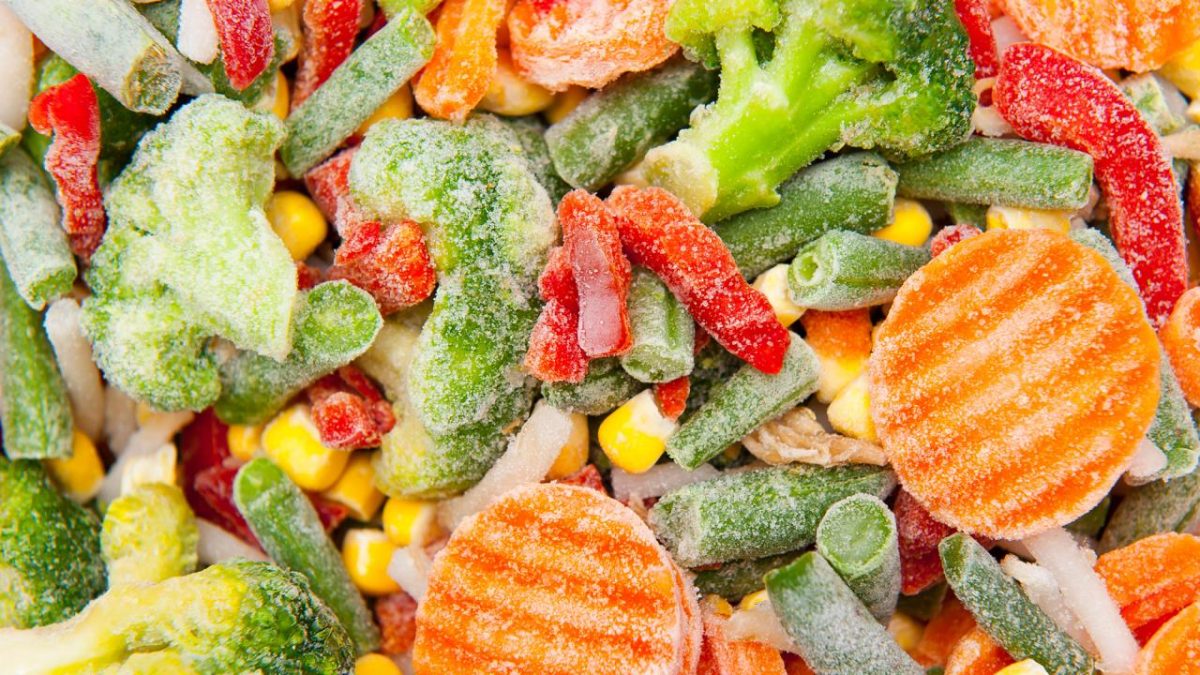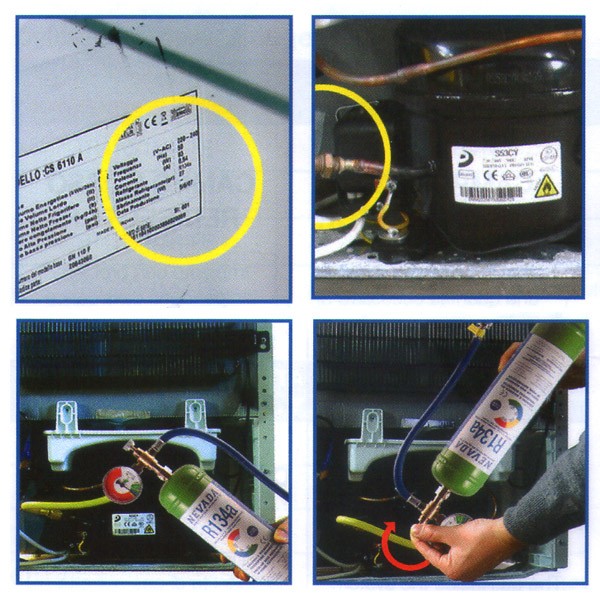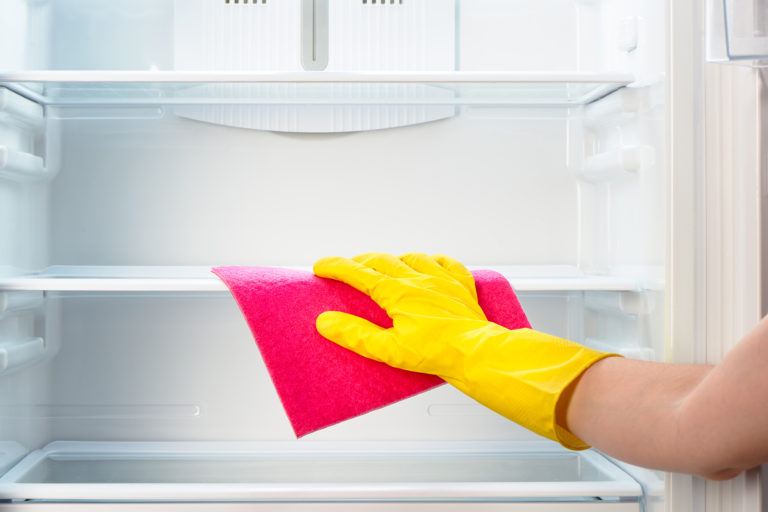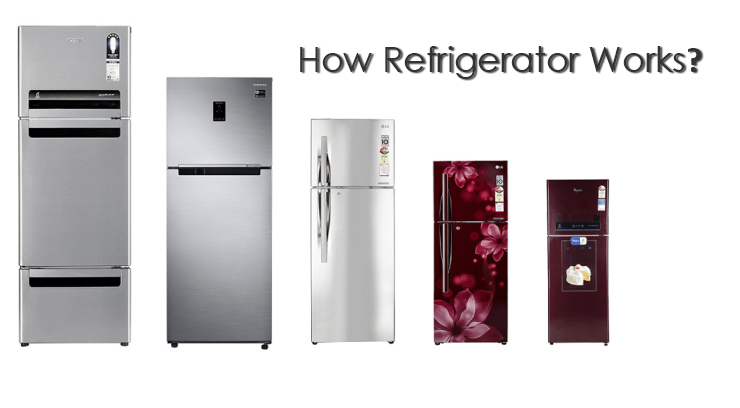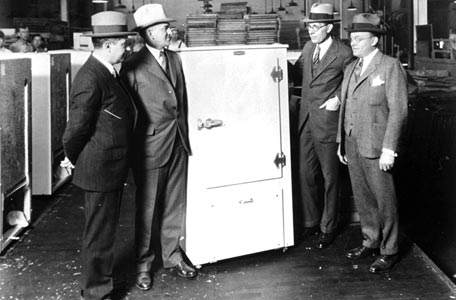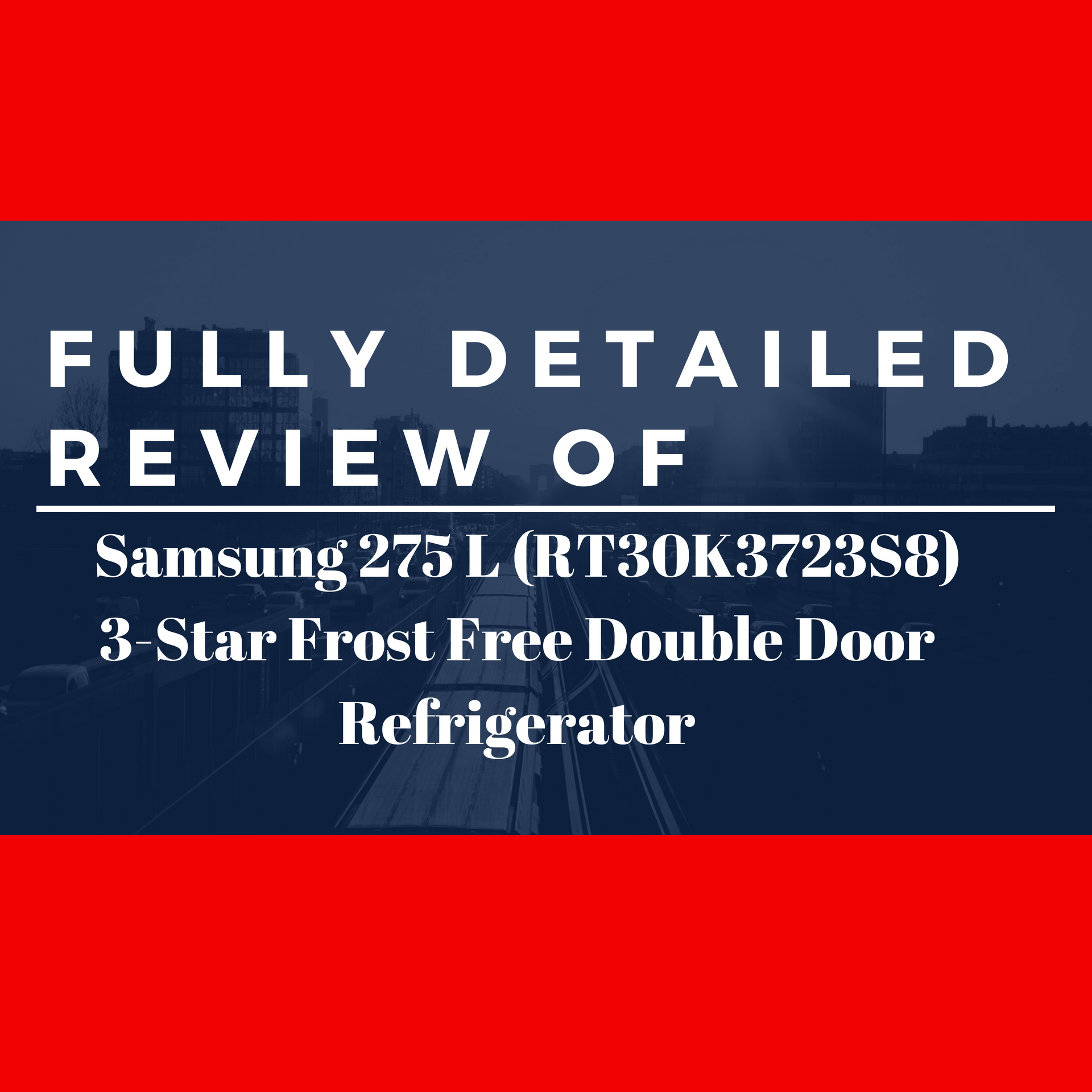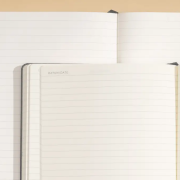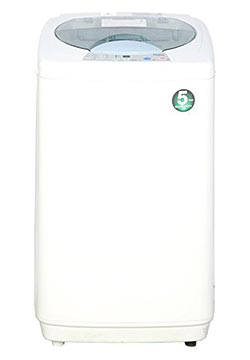Once your refrigerator gets old it starts giving you trouble. Though modern refrigerators are much immune to problems but after certain age problems will surely show up. Leaking water, cycling too often, unwanted ice build-up, are some of the most common issues that people face with their old refrigerators. It’s always a Good Idea to Get a New Refrigerator in India rather than Paying High Repairing cost with No Warranty

These are some of the most common and easily fixable issues. If your refrigerator ran into any of these problems you can easily fix it without having to call a repairman and you don’t need to know how a refrigerator works.
Problem – Water leakage
Water leakage is one of the most common problems concerning refrigerators. Leakage of water can be caused due to multiple causes and mostly it is something that should be taken care of right away to avoid any kind of future troubles.
Cause – Blocking of a defrost drain can cause the water to overflow and leak out of the pipes. This is a result of food particles or debris clogging up the drain pipes forcing the water to find alternative pathways to flow. Such blockage of pipes also causes ice buildup in the fridge and the freezer causing excessive water overflow.
Solution – Clearing the clogged drain pipe is the first thing to try. Use some warm water and pour it down the drain pipe using a funnel to clear any clogs. A pipe cleaner can also be used to remove hardened debris or clogs that can’t be removed with just warm water. Also, check the valve at the end of the drain to ensure that free flow for water is available.
The drain pipe can be found at the back panel of the refrigerator. Check for the drain pipe and control valve that is used to control the water flow and humidity. Clear the valve and ensure that the pathway is open for the water to flow effortlessly.
Cause – Unwanted freezing of the drain/supply pipe can also result in a puddling of water beneath the refrigerator. This also affects the production of ice in the freezer as it affects the flow of water to the freezing compartment from the dispenser.
Solution – Unplug the refrigerator and look for a shut-off valve usually located under the sink at the back side of the refrigerator. Make sure that the valve is closed and start examining the supply pipe.
Look for any kind of clogging or cracks. If there is a crack or tear in the pipe, you need to replace the pipe completely. If not, look for any translucent blockage in the pipe. If there is a blockage it is mostly because of ice, so just leave the refrigerator in off condition for 2 to 3 hours until the ice melts on its own. If the blockage is of any other color the pipe needs to be cleaned completely from the inside.
Problem – Frequent cycling
A single cycle of the refrigerator takes time and a normal functioning refrigerator will do it in a limited fashion. If your refrigerator is cycling too often then the power consumption will increase by a considerable amount. This will not only increase the electricity bill but also wear down the internal components of the refrigerator over time.
Cause – The most common cause of excessive cycling is due to abnormal behavior of the condenser coils. The condenser coils carry out the colling function of the refrigerator. If you live in a dusty environment or haven’t cleaned your refrigerator in a while then the condenser coil might have debris build up around them causing them to function ineffectively.
Solution – First Turn off the refrigerator. In most refrigerators, the condenser coils are located at the bottom of the cooling compartment. To access the coil you may have to remove metal grills guarding the coils. Once the condenser coils are accessible, use a vacuum cleaner or a clean cloth to clear any debris buildup or dust particles around and on the coils. Once everything is clear, attach the grill and switch on the refrigerator.
Cause – Too low temperatures can increase the workload of the refrigerator. If you set the cooling temperature of the refrigerator too low then to compensate for the heating and cooling cycle it has to work more increasing the power consumption and noise made by the refrigerator.
Solution – Typically refrigerators should be set between the 2 to 5 degrees Celsius range depending upon the normal room temperature. Meaning, in winters you need to set the temperature a bit higher than you would do in summers and vice versa. If you don’t have an active temperature monitor in your refrigerator, just place a glass of water with a thermometer inside the refrigerator for at least 6 hours. Monitor the temperature of the thermometer and set the refrigerator’s temperature accordingly.
Problem – Excessive ice buildup in the freezer
A sudden frost inside the freezer will make it look completely frozen and is a normal condition you would come across in day to day usage of a refrigerator. Unwanted frosting of the freezer indicates either a defective seal or an unclosed freezer door.
Cause – Many times the freezer doors don’t close on their own after use. Due to this the inner compartment of the freezer is exposed to external humidity increasing the amount of moisture inside the freezer which results in frost.
Solution – The simplest solution is to not leave the refrigerator doors open unintentionally. If the refrigerator doors don’t close on their own after use, just unplug the refrigerator and tilt the refrigerator a few degrees on its backside and extend the screws in its front two legs. This will produce an elevation in the front portion of the refrigerator causing the doors to close automatically due to gravity.
Cause – A broken or defective seal inside the freezer compartment can also cause frost.
Solution – Switch the refrigerator off for some time and clean the seal of the freezer with warm water and a clean cloth. Let the seal dry for some time and test the frosting situation again. If there is an occurrence of frost inside the freezer again, remove the screws covering the seal and realign the seal. If this also doesn’t solve the problem then the seal needs to be replaced completely.

